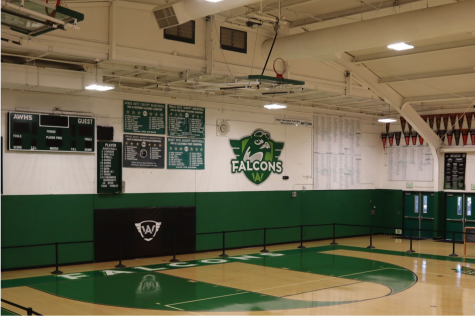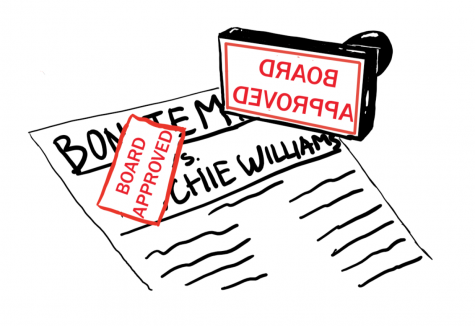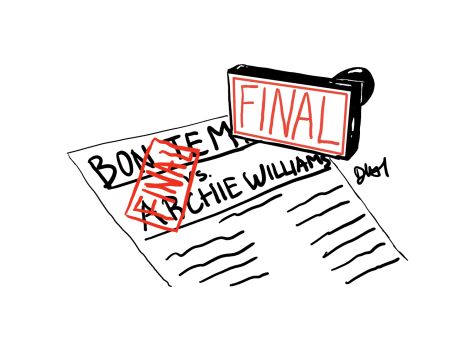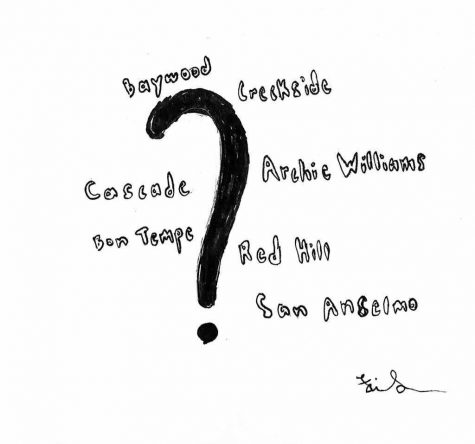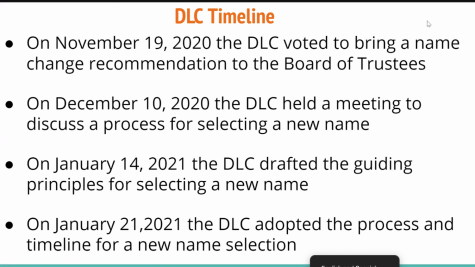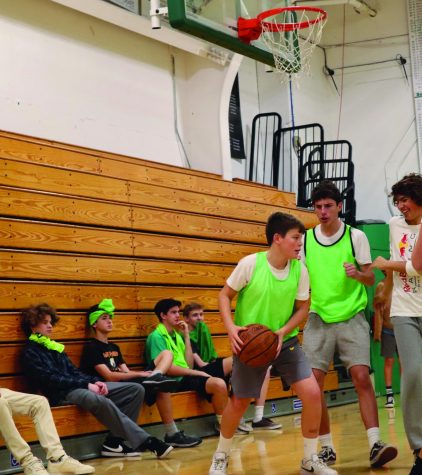More than just straws: The growing disposable epidemic
The “easy way out” has appealed to us since the dawn of our time. Think about it: Setting a trap as opposed to hunting an animal on foot, or buy a ready-made lunch as opposed to making one. From the Australopithecus era to a working parent of the 21st century, that has always been the preferred method. This love for quick and easy solutions is what mainly caused the influx of plastic-made product production: our plastic epidemic.
Plastic is cheap, easy to mass-produce, and, following a series of infomercials in the later 20th century, became our “friend” that was there to save the day. Inventions such as TV dinners, plastic grocery bags, plastic straws, and bubble wrap all took the world of convenience by storm.
Fast-food chains are currently at the hub of this “easy vs. sustainable” conflict. Centralized around convenience, the fast-food industry prides itself on letting the consumer cut corners in their life. One look inside the average fast food container and one can tell that everything’s made to be disposed of because it saves time and energy.
The fact that plastic is a problem isn’t a recent fact. We’ve been told “reduce, reuse, recycle” since a young age to try and cope with it, but the reality is that not everyone recycles, many plastics can’t be recycled, and, of those that can, most still can’t be reused. Most recycle centers only take a few of the resin identification codes (aka the numbers on the bottom of plastic products), making recycling less and less of a viable solution. That means 1000+ years in the landfill for a single plastic bottle. And this data isn’t even taking into account wrappers, juice boxes, and more that aren’t accepted into any recycling center.
Consider the average lunchbox. There is a certain appeal to a package of juices, some wrapped granola bars, and a bag of chips to someone like a single mother on the go.
Imagine if every child got two granola bars, a juice box, and a bag of chips in their lunch every day. Approximately 74 million children live in the United States alone. Multiply the amount of hypothetical lunch trash by 180 school days and the result doesn’t begin to cover how detrimental this industry is.
Today, we live in a culture prioritizing this attractive convenience over everything else. The majority of options marketed to us are single-use and/or disposable. It’s ridiculous, the amount of plastic (disposable and reusable alike) that consumes our lives. What makes matters worse is that this amount tends to go unchecked until people take conscious action to change, but, as one can tell, switching away from convenience isn’t easy.
The average American lives their life with the mindset of “If I can just do what I need to do by taking the simpler and cheaper route, why change?” It requires a bit more effort, but let it be known that the switch benefits the greater good. Various stores offer non-disposable packaging (think unwaxed, preferably recycled, paper) which is crucial. The sheer amount of products and containers monopolized by the plastic industry is overlooked by the average mind until deeper inspection. In simple terms: it’s everywhere. Anything from Bee’s Wraps (a wax-coated alternative to Saran Wrap) to cardboard tooth floss boxes aids the process of breaking the disposable cycle, keeping trash out of our landfills and preserving what’s left of our precious Earth.


